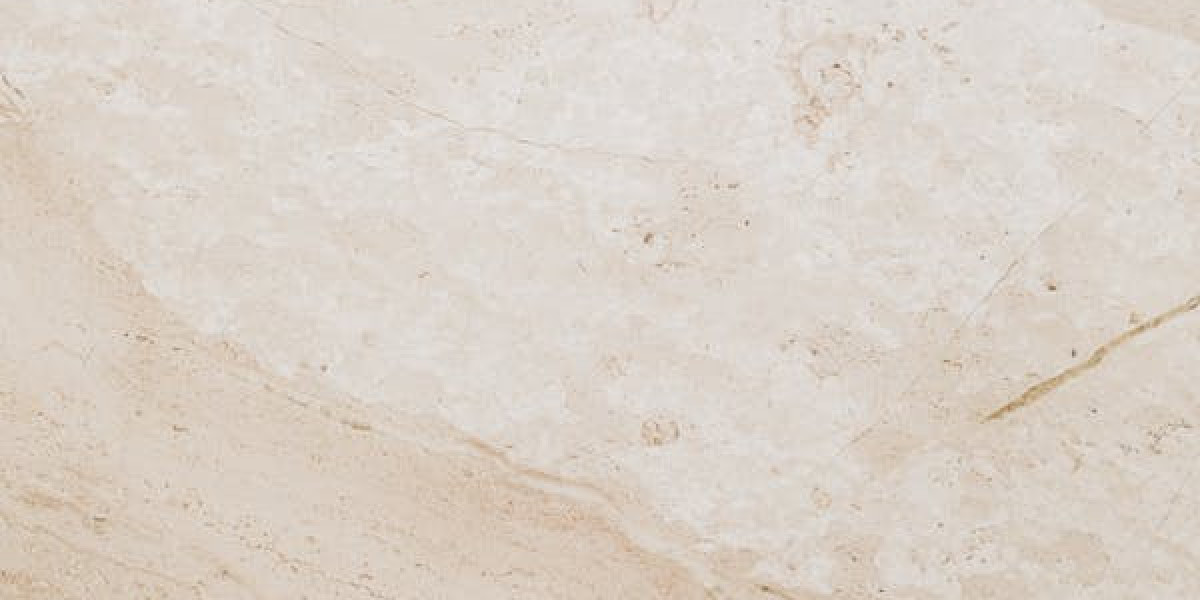When it comes to home improvement, choosing the right materials is crucial. Among the myriad of options available, Marble granite stand out for their beauty, durability, and timeless appeal. Both stones have been utilized in architecture and design for centuries, offering unique aesthetic qualities and functional benefits. In this article, we will explore the distinct characteristics, uses, and maintenance of marble and granite, helping you decide which is the best choice for your next project.
Understanding Marble and Granite
What is Marble?
Marble is a metamorphic rock formed from limestone under intense heat and pressure. This process creates a crystalline structure, resulting in a soft stone with unique veining and color variations. Marble is often used in high-end applications, such as countertops, flooring, and sculptures. Its elegance and luxurious appearance make it a popular choice for upscale designs.
What is Granite?
Granite, on the other hand, is an igneous rock composed mainly of quartz, feldspar, and mica. This stone is formed from the slow crystallization of magma beneath the Earth's surface, making it exceptionally durable and resistant to scratches and heat. Due to its strength and wide range of colors and patterns, granite is commonly used for countertops, flooring, and outdoor surfaces.
Comparing the Aesthetics
Color and Patterns
Both marble and granite offer a variety of colors and patterns, but their appearances differ significantly. Marble is known for its soft, flowing veins and subtle color variations, often featuring whites, creams, and pastels. In contrast, granite exhibits a speckled or mottled look, showcasing a wider range of colors, including bold reds, blues, and greens.
Finish Options
The finish of these stones also varies. Marble is often polished to a high sheen, enhancing its elegance but making it more prone to scratches. Granite can be found in various finishes, including polished, honed, and flamed, each providing a different look and feel.
Durability and Maintenance
Strength and Resistance
Granite is renowned for its durability, making it an ideal choice for high-traffic areas and outdoor applications. It is resistant to heat, scratches, and stains, allowing it to maintain its beauty over time. Marble, while still a durable stone, is more susceptible to scratching and staining due to its softer nature.
Maintenance Requirements
Maintaining these stones requires different approaches. Marble needs regular sealing to prevent staining, while granite may only require sealing every few years, depending on usage. Cleaning both materials with mild soap and water is generally safe, but acidic cleaners should be avoided on marble, as they can damage the surface.
Applications of Marble and Granite
Residential Uses
Marble and granite are popular choices for countertops in kitchens and bathrooms. Marble adds a touch of luxury to spaces, while granite provides a robust and practical surface. Additionally, both materials can be used for flooring, backsplashes, and even decorative accents.
Commercial Uses
In commercial settings, marble and granite are often utilized in lobbies, restaurants, and retail spaces. Their aesthetic appeal enhances the ambiance of any environment, attracting customers and clients alike. Granite is especially favored for outdoor applications like walkways and patios due to its resilience.
Conclusion
Choosing between marble and granite ultimately depends on your design goals and practical needs. Marble offers timeless elegance and luxury, while granite provides durability and versatility. Understanding the differences between these stones will help you make an informed decision for your home or commercial space. Whether you opt for the classic beauty of marble or the strength of granite, both materials are sure to add value and style to your environment.







